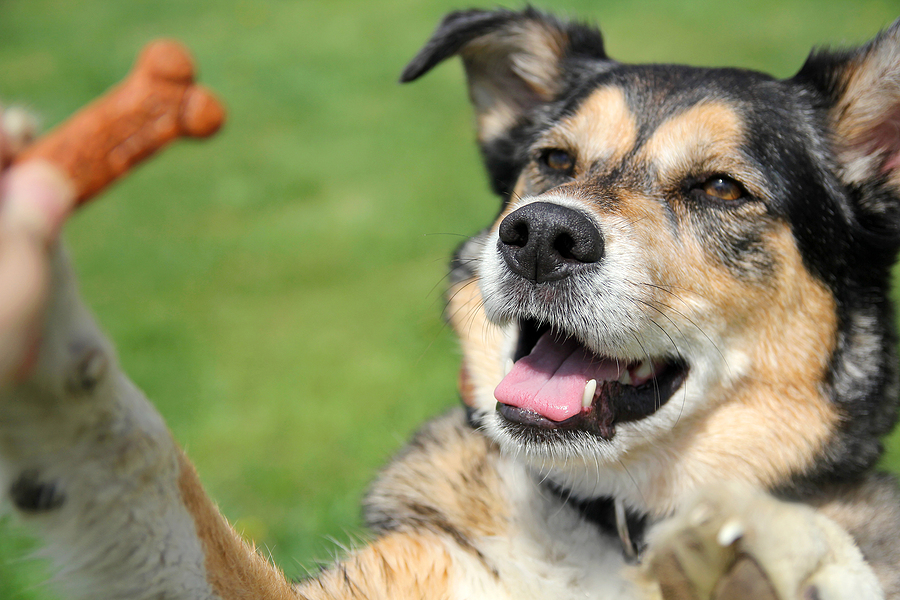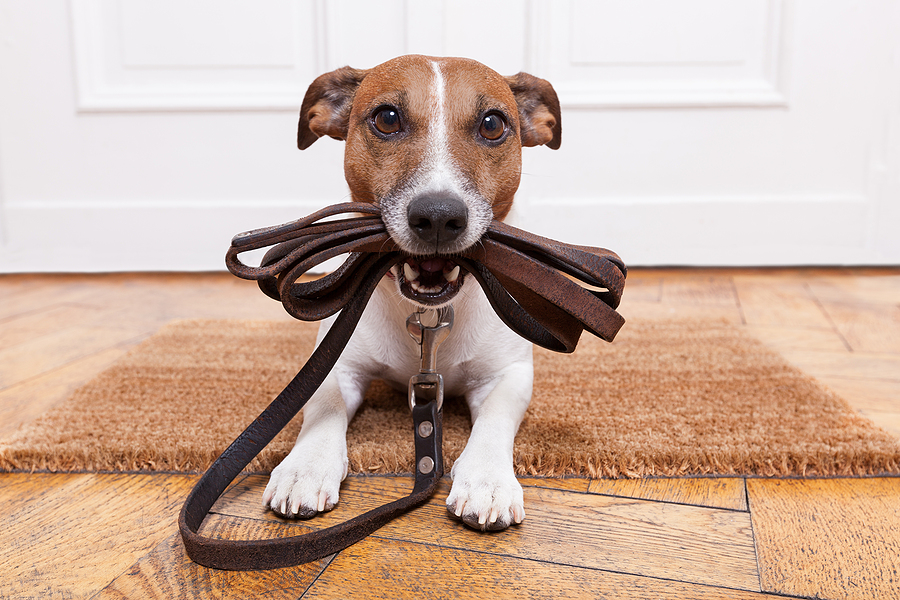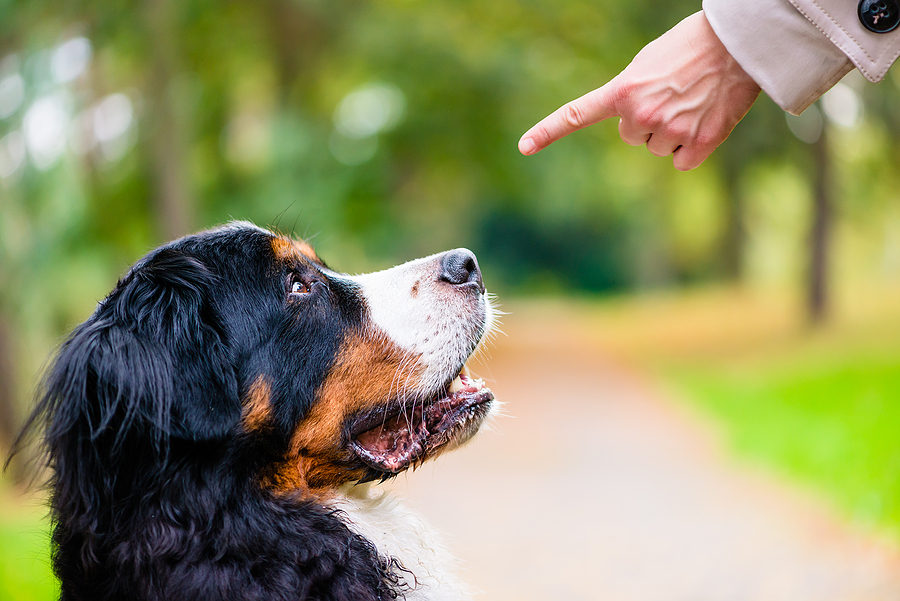Training is an essential aspect of responsible pet ownership, leading to a well-behaved canine companion and a stronger bond between you and your dog. It’s not just about teaching your dog to sit or stay; it’s about communication, understanding, and mutual respect. To get started on this rewarding journey, you’ll need the right dog training tools. Each tool serves a specific purpose and can significantly enhance the training experience. In this blog, we’ll explore various dog training tools, their benefits, and how professional dog training can be an invaluable asset.
Marker
A marker is a component of positive reinforcement training. While it can be a hand gesture or a verbal cue, a clicker is one of the most commonly used dog training tools. It is a small handheld device that makes a distinct clicking sound when pressed. The clicker sound marks the exact moment your dog performs the desired behavior, followed by a reward, usually a treat. This clear form of communication helps your dog understand precisely what action earned the reward, making it an effective tool for shaping new behaviors.

Treats
Treats are one of the most fundamental dog training tools. They serve as a motivator and reward for desired behaviors. The key is to choose high-value treats that your dog finds irresistible and to use them sparingly to maintain their value. Treats should be small, easy to consume, and nutritionally balanced to avoid overfeeding.
Target Stick
A target stick is a tool used to teach your dog to touch or follow a specific point. It’s often a stick with a ball or a flat surface at one end. Target sticks are useful for teaching complex behaviors or guiding your dog in agility training. They help in developing precision in your dog’s movements and can be used to direct your dog’s attention or position without physical manipulation.
Portable Mat or Bed
A portable mat or bed is a versatile training tool that can be used to teach your dog to settle down in a specific spot. It’s especially useful in public places or when visiting friends and family. Training your dog to relax on their mat or bed on cue can be a valuable skill for managing excitability and promoting calm behavior.

Leashes
Leashes are crucial for teaching your dog to walk politely by your side and for maintaining control in outdoor settings. There are various types of leashes, including standard, retractable, and adjustable leashes, each suited for different training scenarios. A sturdy and comfortable leash is important for effective communication and safety during walks
Collar Or Harness
A collar or harness is essential for leash training and ensuring your dog’s safety. It’s important to choose the right type for your dog’s size, breed, and training needs. A well-fitted collar or harness provides control without causing discomfort or restricting natural movements.
Long Line Lead
A long line is a longer leash, often 15 to 30 feet in length, used for training at a distance, such as recall training or allowing your dog to explore while still under control. It’s a valuable tool for gradually increasing your dog’s freedom while ensuring their safety and responsiveness to commands.
Gates, Crates, and Carriers
When training your dog, it is important to manage their environment. Gates, crates, and carriers help to ensure their safety and can prevent access to off-limits areas while house training your dog. When properly introduced, a crate or carrier can become a safe space for your dog to relax and feel comfortable. Be sure to purchase the right size carrier or crate. If they are too small, your dog will feel cramped and less inclined to use them…
Professional Dog Training – One of the Best Dog Training Tools
Having the right dog training tools is vital for effective training and building a strong bond with your dog. From clickers to crates, each tool plays a vital role in the training journey. However, professional training can be a valuable addition to your toolkit too. Professional trainers can provide personalized training plans, address specific behavioral issues, and provide expert guidance and support to ensure training success.

At Beau’s K9 Academy, we understand the importance of using the right dog training tools and techniques to achieve a well-behaved and happy canine companion. With a focus on positive reinforcement and tailored training programs, Beau’s K9 Academy stands out as a reliable and professional choice for your dog training needs. We offer an extensive selection of training classes including basic training, board and train, behavior modification, and more. Whatever the challenges, we are equipped to successfully address them. Visit our website or contact us to learn more about our training programs and how we can help you and your furry friend thrive.
Dog Training Tool FAQs
What is the purpose of using a clicker in dog training?
A clicker is used as a marker in positive reinforcement training. It produces a distinct sound that marks the exact moment your dog performs the desired behavior, helping them understand which action earned the reward. This clarity speeds up the learning process and is effective for shaping new behaviors.
Are treats necessary for dog training?
Treats are a fundamental tool in dog training as they serve as a motivator and reward for desired behaviors. However, they should be used judiciously to maintain their value and should be small, easily consumable, and nutritionally balanced.
How can a target stick benefit my dog’s training?
A target stick is useful for teaching complex behaviors and guiding your dog in agility training. It helps develop precision in your dog’s movements and can direct their attention without physical manipulation, making it a valuable tool for advanced training.
When should I use a portable mat or bed in training?
A portable mat or bed is used to teach your dog to settle down in a specific spot, which is particularly useful in public places or during visits. It’s a versatile tool that promotes calm behavior and can be used to manage excitability.
What’s the difference between a collar and a harness, and which should I use?
A collar is suitable for dogs that walk well on a leash without pulling, while a harness provides better control and is ideal for dogs that pull or have respiratory issues. The choice depends on your dog’s size, breed, and walking behavior.
What is a long-line lead, and how is it used in training?
A long-line lead is a longer leash used for training at a distance, such as recall training or allowing controlled exploration. It’s valuable for gradually increasing your dog’s freedom while maintaining safety and responsiveness.
Why might I need gates, crates, and carriers for dog training?
Gates, crates, and carriers are used to manage your dog’s environment, ensure safety, and help in house training your dog. They provide a secure space for your dog and can prevent access to off-limits areas.

